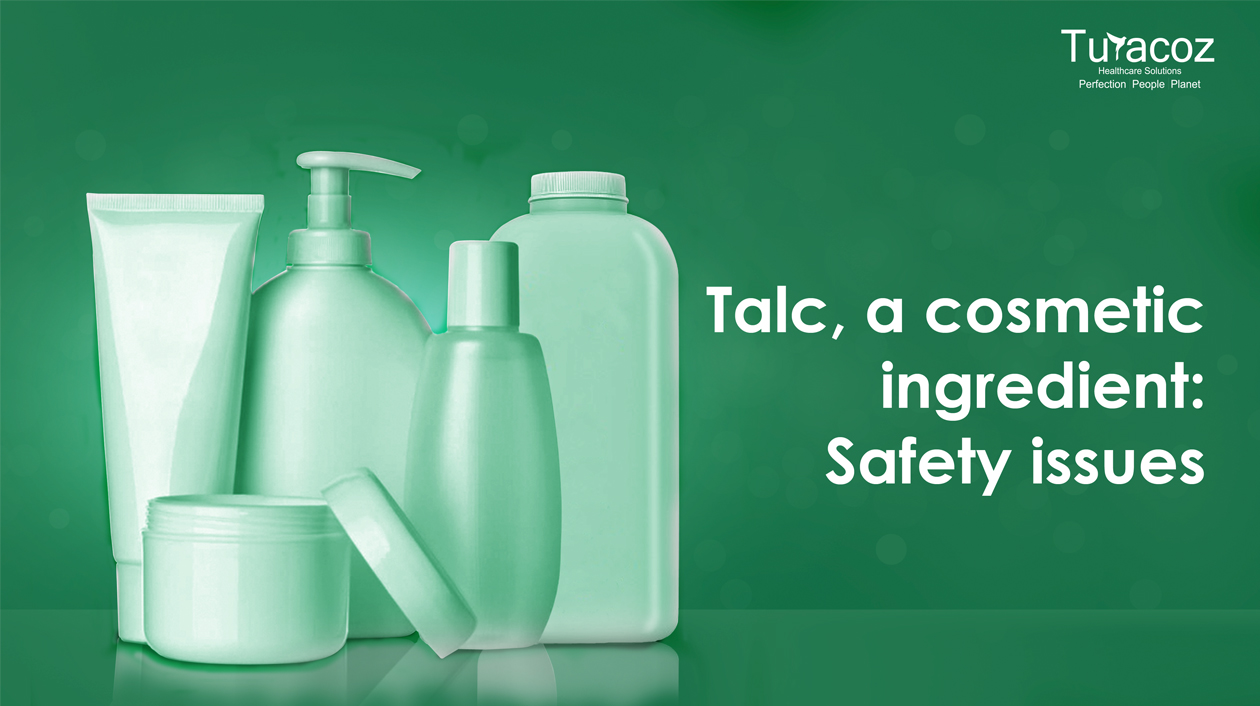Most of us have possibly used it or sprinkled on our skin at some point in our life, ‘Talc’ which is a processed from of soft mineral compound of magnesium silicate and is called talcum powder or just talc in general terms. The natural smoothness and adsorbency of talc have been utilized since millennia and its use dates back to the Egyptian time. Some of the major brands utilizing talc’s adsorbent properties are Nivea, Pond’s, Cinthol and Johnson & Johnson. Ideally, cosmetic grade talc should not contain asbestos but recent lawsuits against Johnson & Johnson have claimed its presence in the marketed cosmetic products.
Non-clinical Findings
In 1993, the National Toxicology Program (NTP) in their report stated that there were some evidence of carcinogenic activity in male F344/rats, clear evidence of carcinogenic activity in female F344/N rats, and no evidence of carcinogenic activity in male or female B6C3F1 mice exposed to aerosols of 6 or 18 mg/m3 non-asbestiform cosmetic grade talc in a lifetime study. In 2010, the International Agency for Research on Cancer (IARC) Working Group reported that there is a limited carcinogenicity evidence for talc (not containing asbestos/asbestiform fibres) in experimental animals.
Clinical Safety Alerts
Talc has been safely used and is well tolerated since many years and recent scientific reviews on available data have supported this position lately. However, the first alert associated with genital was reported by identification of talc particles in ovarian cancers which came in 1971.
This finding was strongly contested by Dr G.Y. Hildick-Smith, Johnson & Johnson’s medical director. A subsequent publication in the Lancet warned that “The potentially harmful effects of talc in the ovary should not be ignored”. This warning was confirmed in a 1992 Obstetrics & Gynaecology publication, reporting that a woman’s frequent talc uses on her genitals increased her risk of ovarian cancer by threefold. The talc in question was simple brand or generic ‘baby powder’.
Unexpectedly, the mortality of ovarian cancer in women over 65 years of age has escalated sharply, especially in black women who have a higher rate of talc use as compared to other races. Almost 16,000 women in the United States die from ovarian cancer yearly, by some estimates, one out of five women regularly applies talc to her genitals either via direct application, or from tampons, sanitary pads and diaphragms that have been dusted with talc.
Conclusion
IARC reports perineal use of talc-based body powder to be possibly carcinogenic (Group 2B) in humans, and that inhaled talc (without asbestos or asbestiform fibres) is not classifiable as to its carcinogenicity (Group 3). Additionally, the US Cosmetic Ingredient Review Expert Panel published a safety assessment of talc as used in cosmetics. It concluded that talc is safe for use in cosmetics in the present practices of use. Johnson & Johnson faced continued concerns on about the threat posed by lawsuits over the safety of the company’s signature baby powder. The company has always denied the allegations and maintained a swift stance on the safety of talc.
At Turacoz Healthcare services, we provide end to end toxicology and regulatory assistance to meet the high standards set by the regulators worldwide. We provide exhaustive toxicology/safety literature search from pre-clinical to post-marketing stage. We provide consultation at various stages of product lifecycle in order support the ingredient compliance with the guidelines of respective regulatory bodies.






























